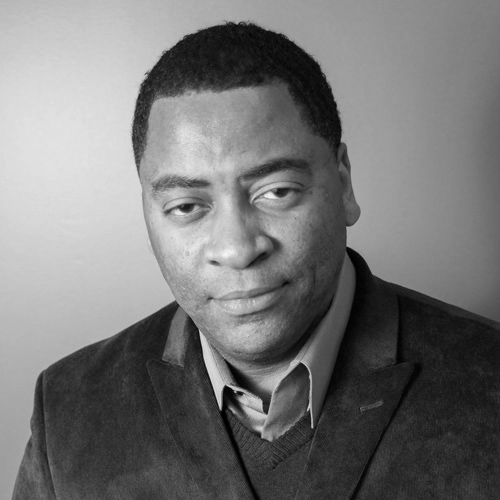Since its founding in 1990, AGCO Corporation has been a global leader in agricultural machinery, distributing products in more than 140 countries. In support of this effort is the new global business services (GBS) team, formed in March 2013 and headed by senior vice president Lucinda Smith. The new function brings the HR, IT, and shared-services functions under one global group. Profile caught up with Smith to hear about the transition and how the move is paying off for the business.
What convinced you to consolidate IT, HR, and shared services under the banner of global business services?
Lucinda Smith: The three groups are all built upon internal service, quality, and productivity improvement. When we looked at this across the group it really made sense to implement this kind of consolidated structure. This was really about people needing to focus on leadership, vision, teamwork, and collaboration. So it just made good business sense to pull it all together.
Often change of this scope requires a strong top-down message and support from the leadership team. How did the CEO and other members support this transition?
Smith: First, the board of directors approved the organizational change. From there, we announced the global business services group. This was reviewed in advance with the senior management team, and they supported the new approach. Up front, we announced the purpose of the mission of GBS as a team of professionals developing, deploying, and implementing strategic solutions for technology and people demands to help improve overall effectiveness and productivity. HR, shared-services, and IT professionals work to ensure efficient operations and deliver on business-focused key-performance indicators and innovative solutions. While enabling and driving collaboration across AGCO sites and regions, they ensure the right project focus for the functions and timely delivery.
How does the consolidation allow these services to more easily align with AGCO’s strategic objectives?
Smith: Rather than duplicating efforts across three areas we now have a consolidated approach that provides more efficient services and better utilizes talent and experience. By leveraging common areas of improvement we will drive greater efficiency across GBS and maximize productivity. The consolidation of work streams, such as internal communication and controlling, helps reduce costs and duplication of effort and resources. One of AGCO’s strategic objectives is to improve margin, and these focus areas of GBS certainly support this effort.
Bringing these projects together seems like it would give you new capabilities. What projects have you been able to work on together, now that all the departments are working under a unified banner?
Smith: We have 140 active projects that we’re involved in and support, both from a people perspective and from a technology perspective. It ranges from hardware to working with our advanced technology solutions group to updating technology in the equipment that we manufacture. We take the same approach across GBS, and our aligned improvement areas allow for focused capabilities, skill building, and leveraging of subject matter expertise
Let’s talk about the norms, and especially the trends, that you see in both the HR and IT worlds.
Smith: In HR, the norms we see are attracting, developing, and retaining talent, but also establishing a sound foundation for HR delivery—things like payroll, information systems, performance management, goal setting, coaching, and development. I think HR really plays a unique role as a gatekeeper for talent entry and advancement in the organization; we are the ones who decide who gets in, and we shouldn’t take that responsibility lightly.
As for IT, one of the messages I routinely deliver to our IT organization is it’s the only function that serves every employee every day. We’ve got this emerging workforce out there. So we want to make sure our jobs, especially in manufacturing, are attractive to those people entering the workforce. That presents an interesting opportunity for IT and HR to work together to design jobs that are rewarding and technologically challenging for the future workforce.
You seem to have gotten off to a very good start with this collaboration. Tell me a little more about your goals for it, and the progress you’ve made.
Smith: We’re working to improve service quality and productivity. Our plan is for that to help generate margin improvement and margin growth, but we also want to avoid groups setting up shadow IT or shadow HR teams because their needs aren’t being met.
If someone was to pick your brain to help decide whether or not this sort of move would be successful for their company, what would you tell them?
Smith: It depends on the market; it depends on if you’re more centralized or decentralized. It’s having this common focus and this goal of supporting the business—that’s the end result. People say “Why is the person running HR taking on IT or shared services?” I don’t think it’s about having all the answers for running the functions, but asking the right questions.
What do you enjoy most about this consolidation on a day-to-day basis? What are the things that happen that tell you “this is what it was designed to do?”
Smith: That’s a really good question. It’s exciting, it’s fast-paced; I get to see lots of different views into the business now. It’s not only the people aspect, but what the technology needs are. And I think it helps me, on the HR side, knowing what that is. It’s just more of a multifaceted look into the business, and what those various needs are from a people, process, and technology standpoint.
